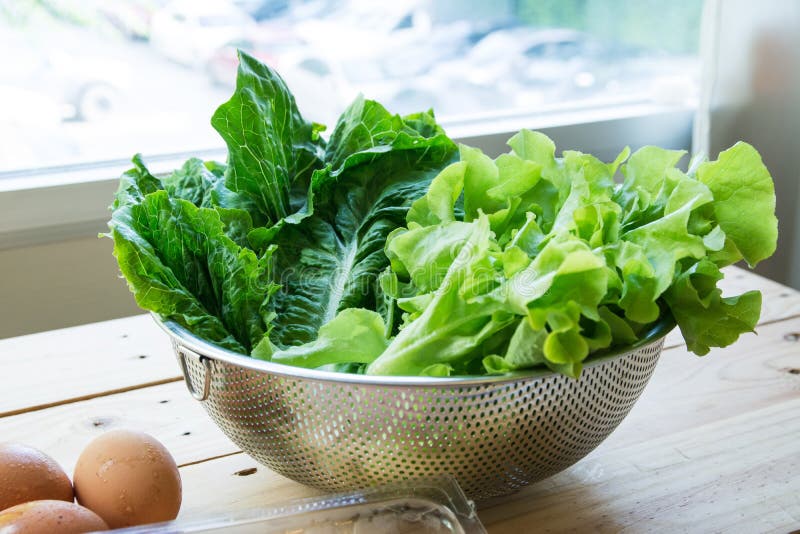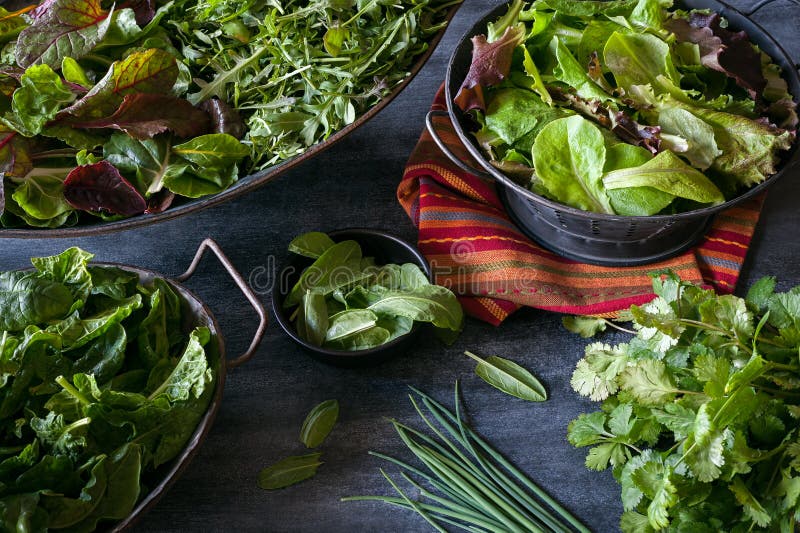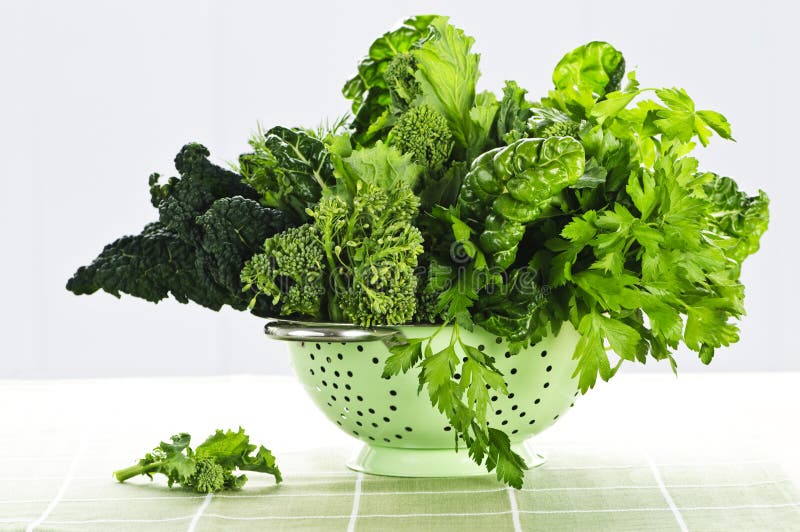Vegan Globetrotter is supported by our audience. When you purchase through one of our links, we may earn a small affiliate commission. As an Amazon Associate I earn from qualifying purchases. Your cost is not affected.
==================
Leafy Greens
Green leafy vegetables are edible plant leaves known as dark leafy greens vegetables, leafy greens, or greens. People recognize these veggies by their green hue and edible leaves, as the name indicates.
They’re the pinnacle of superfoods, brimming with vitamins and minerals. In addition, eating a healthy quantity of fruit and vegetables every day can help you avoid illnesses like diabetes, heart conditions, and cancer. Moreover, it can also help you live longer. Because your body is receiving the critical nutrients that each cell needs to operate correctly, you may feel more satiated.

Health Benefits of Leafy Greens
We’ve all heard that most of us should “eat our greens,” and there are scientific grounds for this recommendation. Leafy greens have been an essential part of the daily diet since prehistoric times. Because they are high in a range of vitamins and minerals, they should be a part of any healthy diet plan. In addition, green leafy vegetables have a low fat and sugar content, making them ideal for a weight-loss diet.
Here’s why you should eat your leafy greens:
-
Leafy greens can enhance memory
The consumption of one to two servings of leafy greens per day lowers the risk of cognitive deterioration over time. Greens eaters had the edge over those who rarely ate them, comparable to being 11 years younger intellectually.
There are several plausible explanations for the link between leafy greens and cognition: carotenoids, lutein, and folate protect the brain in various ways, and they most likely work together. Also, these nutrients, abundant in green leafy vegetables, may have independent modes of action that work together to protect the brain.
-
Leafy greens protect the eyesight
Green leafy vegetables like kale and spinach are beneficial to eyesight and help avoid age-related eye disorders like cataracts and macular degeneration. These vegetables include antioxidants like lutein and zeaxanthin, which help with vision and retinal health.
In addition, the protein in your eyes’ lenses deteriorates with time. Protein clumps or cataracts might form on the lens’ surface. Moreover, cataracts are capable of reducing the amount of light that reaches your eyes, affecting several visual processes. According to studies, a balanced diet rich in dark, leafy greens can help avoid cataracts.
Furthermore, according to specialists, eating kale, spinach, and kale daily can lower the risk of getting eye problems. These greens are high in lutein and zeaxanthin, which are beneficial antioxidants for your eyes. These antioxidants protect your eyes from free radicals, which can damage healthy cells.
-
Leafy greens promotes heart health
Eating dark, leafy greens like kale, chard, and spinach is one of the most common pieces of nutrition advice for cardiovascular health.
People who eat vegetables like leafy greens and beetroot—roughly half a cup cooked—had a 2.5 mmHg reduction in systolic blood pressure. They also had a decreased chance of hospitalization for heart disease, heart failure, stroke, and peripheral artery disease (a condition. These constricted arteries reduce blood flow to your limbs), respectively, by 12 percent, 15 percent, 17 percent, and 26 percent.
In addition, vitamin K is essential for blood clotting and bone health. Also, vitamin D deficiency increases the risk of hemorrhaging, osteoporosis, and bone fractures.
Moreover, vitamin K is also known as phylloquinone or vitamin K-1 in its dietary form. Leafy green foods, including kale, parsley, broccoli, spinach, iceberg lettuce, and cabbage, are high.
Different Types of Leafy Greens Vegetables
Watercress
Watercress, a leafy green vegetable, is high in minerals. It’s a cruciferous plant with roots in Europe and Asia. Watercress may also be a rich source of folate, which can help maintain bone density by acting as an interaction vitamin. Moreover, folate is a diet that may also be beneficial to postmenopausal women as an osteoporosis preventative.
Watercress is high in vitamin A, an essential nutrient for maintaining proper eyesight, skin health, and immunological function. The watercress is also strong in vitamin C, an antioxidant that protects the body from free radicals. The green, which contains more Vitamin C than an orange, also helps with blood vessel function, wound healing, iron absorption, and neurological function.
It is high in Vitamin K, which helps build and strengthen bones while also preventing neuronal damage in the brain. Furthermore, a growing body of data shows that watercress earned its “super leaf” moniker in part because it may help stop cancer cells from spreading.
The majority of greens have a short shelf life. Watercress is no exception since it contains 93 percent water. This aquatic leaf is very perishable and chilled after gathering. Watercress is a bunch that as if it were a bouquet. Insert the watercress stems in a jar of water and refrigerate. Using a perforated bag, loosely cover the leaves. You can store watercress in this manner for a few days.
-
Bok choy
Bok choy, pak choi, or Chinese white cabbage, is a cruciferous vegetable. It was first grown thousands of years ago in China and is now found all over the world.
You may keep it in the fridge in a plastic bag with a tea towel, or I like to keep it in a sealed glass container with a dry tea towel. Use bok choy within a few days of purchase in any instance. Look for fresh, crisp green leaves on the heads, as well as stems that are solid in color (green or white) and devoid of blemishes. If you’re cooking, the head size doesn’t matter, but if you’re serving raw, go for the smaller heads.
Being crisp and tasty, bok choy is high in fiber, vitamins, minerals, and other nutrients, making it a healthy addition to your diet. It’s high in antioxidants and other chemicals that assist in promoting improved health, just like other dark, leafy greens.
-
Spinach
Spinach is a nutrient-dense food. It has tons of nutrients in a small number of calories. Spinach leafy greens are best for your bones, hair, and skin. Iron, protein, vitamins, and minerals are in them. Eating spinach may provide health advantages such as increased blood glucose management in people with diabetes and providing minerals and vitamins that can give various benefits.
This spinach is high in folate, beta-carotene, iron, and vitamin K and is a rich source of these minerals. Spinach, like other leafy greens, is high in fiber, magnesium, and calcium.
It’s best to buy it right away. Some nutrients may vanish during transportation and storage at higher temperatures. You can place unwashed spinach loosely in a plastic bag and store it in the refrigerator crisper for four days to keep it fresh and nutrient-dense. Freeze spinach — spinach that is flash-frozen retains more nutrients.
-
Kale
Kale is a nutrient-dense, green, leafy, cruciferous vegetable. It has the potential to provide a wide variety of health advantages to the entire body. Helping to control blood pressure, improve digestive health, and guard against cancer and type 2 diabetes are advantages. The kale is high in fiber, antioxidants, calcium, vitamins C and K, iron, and a variety of other minerals that can aid in the prevention of a variety of ailments.
For best tenderness, you can consume kale raw or steamed. The color of the leaves ranges from purple to dark green to deep crimson. Look for leaves that are solid and have a rich color, as well as robust stems. Smaller leaves are softer and have a milder taste than larger ones. Store unwashed kale in an airtight plastic bag in the crisper drawer of your refrigerator for up to five days. Before usage, carefully wash the leaves. The kale leaves are prone to grime and grit, so wash them many times in cold water.
Keep kale away from raw meat and animal fluids to avoid cross-contamination. You should not freeze, or dry kale due to its high water content, which results in a low-quality product.
-
Mustard Greens
Mustard greens are part of the Brassica genus of vegetables and are also known as brown mustard, vegetable mustard, Indian mustard, and Chinese mustard. Kale, collard greens, broccoli, and cauliflower are all members of this genus.
Fresh mustard greens are a good source of calcium, iron, magnesium, potassium, zinc, selenium, and manganese, among other nutrients.
Leaf-mustard has a low calorie and fat content. Its dark-green leaves, on the other hand, are high in phytonutrients, vitamins, and minerals. It contains a lot of fiber, which regulates cholesterol levels by preventing absorption in the stomach. Adequate fiber in the diet promotes healthy bowel movements and protects against hemorrhoids, constipation, and colon cancer.
Antioxidants such as flavonoids, indoles, sulforaphane, carotenes, lutein, and zeaxanthin are abundant in mustard greens. Mustard leaves are also extremely high in vitamin A. Vitamin A is a necessary vitamin for maintaining the health of the mucosa and skin. Natural fruits high in flavonoids can help prevent malignancies of the lungs and mouth.
-
Turnip greens
The turnip’s roots and leaves are edible; however, turnip greens refer to the plant’s stem and leafy green portion. Turnip greens are the dark leafy green tops of turnips. The greens of this plant, though typically discarded, are edible and used in many cuisines. You may use it in the same way as other lettuces and hearty leaves.
Nutrients found in turnip greens and other cruciferous vegetables may help to prevent cancer. Sulforaphane, a sulfur-containing molecule, is responsible for the bitter taste of cruciferous vegetables. Sulforaphane appears to have some anti-cancer properties as well.
The size and maturity of turnip roots determine how to preserve them. Store small roots in the refrigerator for up to three weeks. Meanwhile, you can sift large, mature roots to eliminate blemishes and cut ones. Afterward, you may store it in the fridge for up to three weeks at a time. Preserved ones should last for a more extended period in a single layer in a box with damp newspaper or sawdust to keep them moist. Place the container in a cold, dark, unheated garage, basement, or root cellar, and inspect it periodically to remove any items that are deteriorating in quality.
-
Lettuce
Lettuce is a green vegetable that is the main ingredient for different salads. There is a vast variety of lettuce, all of which go with the scientific name Lactuca sativa.
Lettuce can help you get more fiber and water as part of a healthy diet. By maintaining regular bowel movements and avoiding constipation, will enhance gut health. Leafy green vegetables are high in calcium, magnesium, phosphorus, and vitamin K, essential for strong bones.
Phytonutrients, which have antioxidant capabilities, are also found in vegetables. These chemicals can aid in the prevention of a variety of illnesses.
Leafy greens for weight loss
It’s simpler than you think to incorporate more leafy greens into your diet. I understand your initial reaction. Don’t worry, and this doesn’t imply you have to eat salads all of the time. You can use leafy greens for a meal in a variety of ways. They may be raw, boiled, or oven-baked to provide a nutritious snack.
As you learn more about leafy greens, you’ll notice that they each have their particular flavor. Some are moderate, while others have a strong peppery flavor. Until they are boiling, some of them may taste harsh. You’ll discover a variety of recipes here to help you incorporate leafy greens into your healthy diet. However, first and foremost, you should understand more about which leafy greens can aid in your weight reduction efforts.
Read More:




Don't miss out
when new recipes and information are added!
Join our newsletter for free recipes,
healthy living inspiration, and special offers
You have Successfully Subscribed!